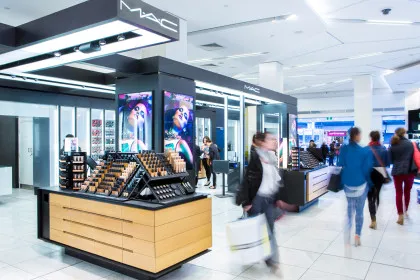
Brick-and-mortar is the foundation of omnichannel retailing, says study
For all the talk about digital retailing, physical stores continue to be consumers’ preferred shopping channel and a place where the most significant consumer and retailer value is created.
As much as 90% of all retail sales are transacted in stores and 95% of all retail sales are captured by retailers with a brick-and-mortar presence, according to an Omnichannel Shopping Preferences Study conducted by A.T. Kearney.
In fact, physical stores actually play a critical role in online purchases. The study found that as many as two-thirds of shoppers go to a physical store before or after making an online purchase.
The survey looked at 2,500 US shoppers’ behaviours and preferences and covered ages from teens to seniors. About 55% of consumers surveyed shop both online and at brick-and-mortars.
The store makes a significant contribution to converting the sale, even though the transaction is eventually registered online. The source of value creation (brand building, product awareness) is often distinct—or decoupled—from the place of value capture (sales transaction).
“The decoupling of value capture is important for retailers to understand as they consider resource allocation decisions across channels to ensure that the true value the physical store creates is accounted for properly,” said Mike Moriarty, A.T. Kearney partner and co-author of the report.
Looking at the omnichannel approach, the study revealed that shoppers prefer different channels depending on the phase of the shopping experience.
“A strategy based on leveraging the appeal of the physical store supported by digital is the best formula for capturing the maximum number of sales, building sustainable customer loyalty, and creating opportunities to cross-sell,” said Michael Brown, A.T. Kearney partner and study co-author.
Even for teens, a recent study showed that more than half of the digital-savvy generation prefers mall shopping to online.
In-store still seems to be the preferred shopping location for most consumer demographics. Although online retail is growing, it still only accounts for 6% of all retail sales.
The Omnichannel Shopping Preferences Study Report by A.T. Kearney is titled On Solid Ground: Brick-and-Mortar Is the Foundation of Omnichannel Retailing.



















 Advertise
Advertise


